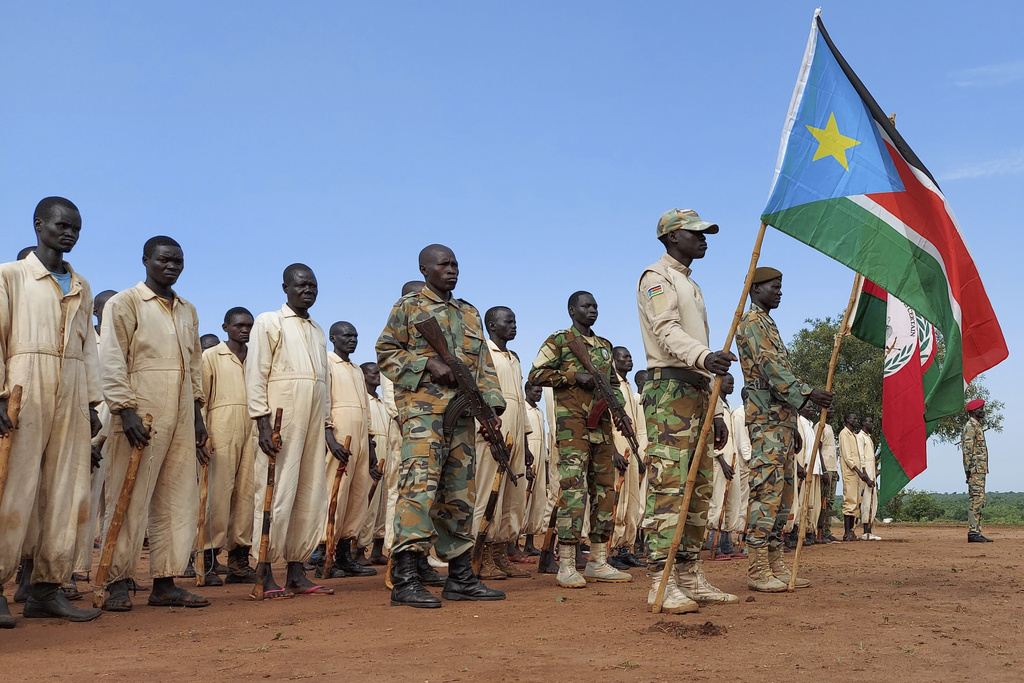11 Children Killed in Unexploded Ordnance Blast in South Sudan: Understanding the Danger of Explosive Remnants of War
Introduction
11 innocent children lost their lives in unexploded ordnance (UXO) blast in South Sudan on [insert date]. This tragic event highlights the ongoing danger posed by explosive remnants of war (ERW) in conflict-affected areas. In this article, we will explore the issue of ERW, the dangers they pose, and the efforts being made to address the problem.
What are Explosive Remnants of War?
Explosive remnants of war, also known as unexploded ordnance, refer to any explosive devices that did not explode as intended during armed conflict. These can include bombs, grenades, landmines, and other weapons. ERW can remain hidden and active for years, posing a significant risk to civilians and making it difficult for communities to rebuild and recover.
The Dangers of Explosive Remnants of War
ERW pose a significant threat to civilians, particularly children who may not understand the danger they pose. ERW can be accidentally detonated by unsuspecting individuals, causing injury or death. ERW can also make it difficult for communities to use the land for farming or other purposes, hindering their ability to rebuild and recover from conflict.
Efforts to Address the ERW Problem
Efforts are underway to address the ERW problem. Governments, international organizations, and NGOs are working together to clear ERW from affected areas and educate communities about the dangers they pose. These efforts have helped to reduce the number of ERW-related incidents in recent years, but there is still much work to be done.
The Role of Education
Education plays a crucial role in addressing the ERW problem. By educating communities about the dangers of ERW and how to stay safe, we can reduce the number of accidents and help communities to rebuild and recover. Education programs can also help to reduce the stigma associated with ERW-related injuries, allowing survivors to lead more fulfilling lives.
Conclusion
The tragic event in South Sudan reminds us of the ongoing danger posed by explosive remnants of war. ERW can remain hidden and active for years, posing a significant risk to civilians and hindering the ability of communities to rebuild and recover. Efforts are underway to address the ERW problem, but much work remains to be done. By working together and educating communities about the dangers of ERW, we can reduce the number of accidents and help communities to rebuild and recover.
FAQs:
Q1. What is an explosive remnant of war?
A1. Explosive remnants of war refer to any explosive devices that did not explode as intended during armed conflict.
Q2. Why are explosive remnants of war dangerous?
A2. ERW pose a significant threat to civilians, particularly children who may not understand the danger they pose. ERW can be accidentally detonated by unsuspecting individuals, causing injury or death.
Q3. What efforts are underway to address the ERW problem?
A3. Governments, international organizations, and NGOs are working together to clear ERW from affected areas and educate communities about the dangers they pose.
Q4. What role does education play in addressing the ERW problem?
A4. Education plays a crucial role in addressing the ERW problem. By educating communities about the dangers of ERW and how to stay safe, we can reduce the number of accidents and help communities to rebuild and recover.
Q5. How can I stay safe in areas affected by explosive remnants of war?
A5. If you are in an area affected by ERW, it is essential to follow local guidance and stay away from suspicious objects. Always assume that any object you find could be dangerous and report it to the authorities immediately.

Comments
Post a Comment